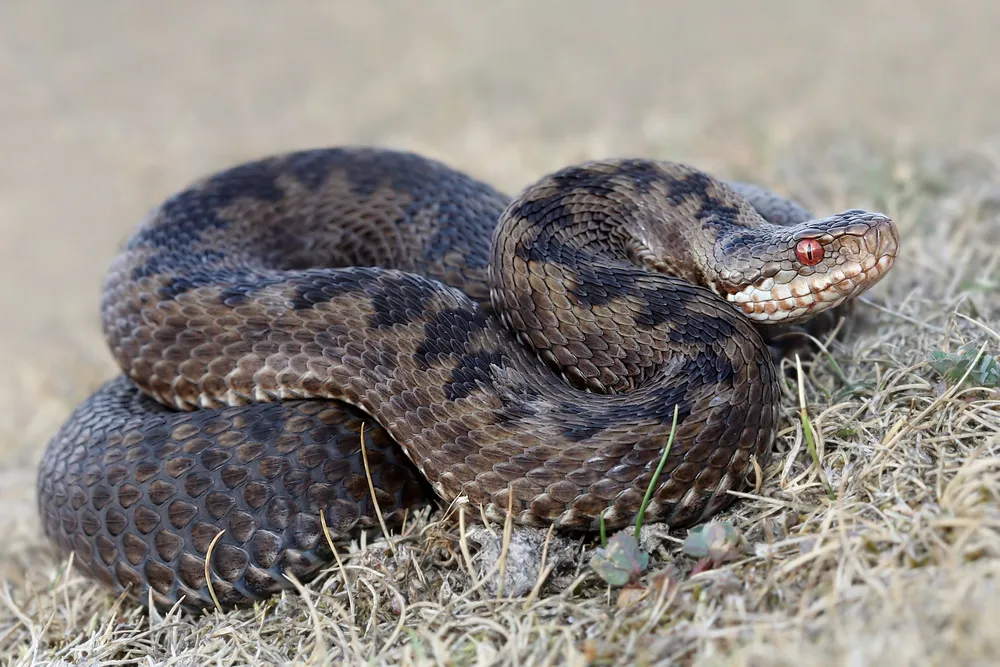It’s really starting to feel like spring down here in Dorset, and recently I was lucky enough to see my first small tortoiseshell of the year, while queen bumble-bees are searching for nests in the garden. The lesser celandines are also flowering in my local park and the birds are busying themselves, gathering nest materials around the town. Continuing my voyage around the grasslands of the UK, this week I’m looking at lowland acid grassland and purple moor-grass/rush-pasture.
Lowland acid grassland is one of the less obvious grassland habitats in Britain. These grasslands occur on sandy soils or acidic rocks such as sandstone – they often occur in a mosaic with lowland heathland, on very poor soils. They are very important for lower plants such as lichens and bryophytes (mosses and liverworts) as well as some very small flowering plants. Because acid grasslands are often very open in nature, with lots of bare ground, they are also important for burrowing insects including mining bees and wasps like the amazing bee-wolf. Acid grasslands are also important for reptiles such as sand-lizard and adder.

Historically, lowland acid grasslands tended to be found on commons and forests. This is because the soils there were so infertile there was no point in ploughing them for crops. In Wales there is a special landscape called Fridd that occurs on the upland fringes – this is a mosaic of lowland acid grassland, bracken, scrub and heathland.
You can find areas of lowland acid grassland on most heathlands, but particularly good examples occur in the New Forest, on the Dorset Heaths and in the Breckland of East Anglia.
This type of grassland is better known as Culm grassland in the south-west of England and Rhos Pasture in Wales. These grasslands are characterised by the presence of purple moor-grass and the rushes sharp-flowered and jointed rush – as you can imagine, these grasslands are wet, sometimes over the welly-wet. They can be very flowery if well-managed, with purple trio devil’s-bit scabious, betony and saw-wort growing together. These grasslands and their less common cousins the fen-meadows are a feature of the western fringes of Europe and the UK has an international responsibility for some communities which are not really found in many other countries.
Purple moor-grass/rush pasture is the key habitat for the marsh fritillary butterfly, whose caterpillars eat the leaves of devil’s-bit scabious. Our partner Butterfly Conservation is working tirelessly to conserve this beautiful butterfly, which is threatened across Europe.

If you’re in Devon, visit Devon Wildlife Trust’s Rackenford and Knowstone Moor, or in Wales visit some of the many Rhos pasture sites across the coalfields of south Wales. We even have some at our Carmel National Nature Reserve in Carmarthenshire. When I visited Fermanagh in the far west of Northern Ireland last summer with the UK Grasslands Forum, I was totally unprepared for the spectacular array of rush pastures and fen meadows that still occur there, maintained by low intensity cattle farming. So if you ever have the chance, go and take a look at the beautiful landscape, enjoy the meadows and do your bit to keep it all going by eating some local beef.
Next time I’ll be looking at Upland Hay Meadows and some of the more unusual types of grassland that occur in the UK.
